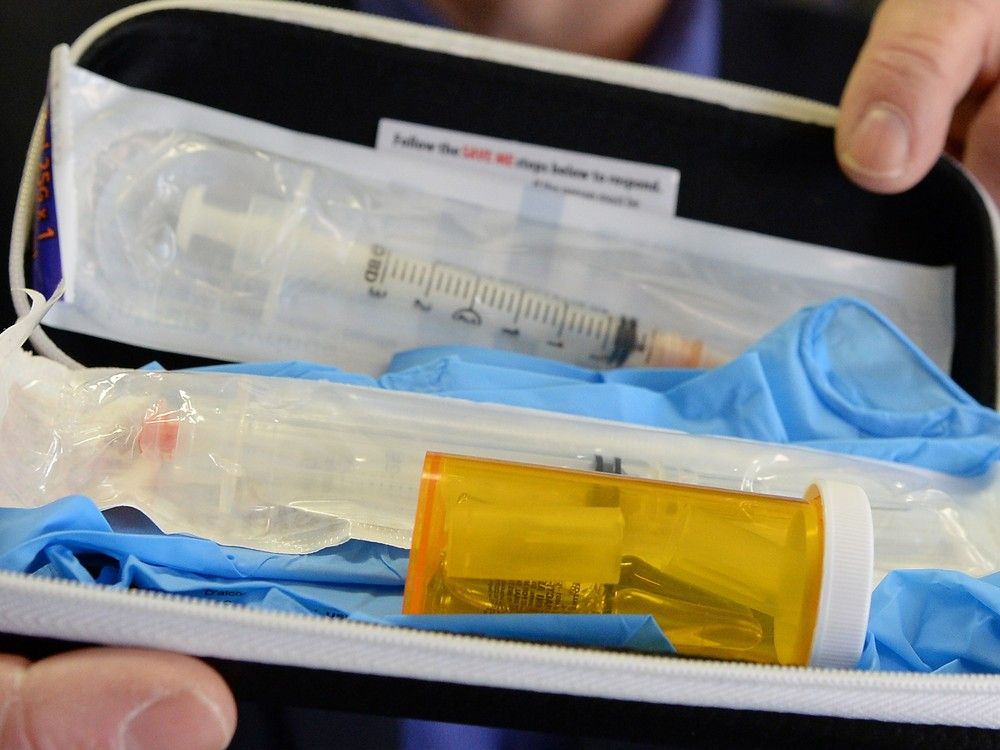
Researchers from the University of the Philippines Manila recently developed a cost-effective painkiller made from an herbal plant that has long been used by many Filipinos as a home remedy: the yerba buena tablet. This a “game-changer” not only for the herbal medicine market but for the pharmaceuticals sector—and should encourage more initiatives like this that could give Filipinos a viable alternative to more expensive medicines. “Despite the herbal drug market in the Philippines being valued at around P1.
2 billion annually, it remains small compared to the country’s P138 billion synthetic drug industry,” an article on UP Manila’s website stated. It added that with the increasing demand for herbal medicines, “the yerba buena tablet has the potential to make a significant impact due to its proven efficacy and safety, making it a potential game-changer..

.” Yerba buena, known as marsh mint or spearmint, has long been used in traditional medicine for its analgesic properties. It has been commonly used as an antidote for headaches, toothaches, arthritis, and dysmenorrhea.
Clinical trials did not find side effects such as gastric irritation or liver toxicity that were common in other painkillers making it a more attractive remedy. Its price point, ranging from P4 to P7 per tablet, is also lower than common pain medications in the market priced at around P10 each. Making medicines more affordable like this is a huge help for Filipinos who have long dealt with their higher cost compared to neighboring countries such as Thailand, Malaysia, and Indonesia.
This is despite the passage of Republic Act No. 6675 or the Generics Act of 1988, which aimed to produce affordable but effective medicines. In February last year, President Marcos directed health officials to study the establishment of pharmaceutical economic zones (“pharmazones”) to attract local and foreign investments in medical and drug manufacturing.
On March 16, the Philippine Economic Zone Authority (Peza) issued the guidelines for the registration of these pharmazones, including requirements for businesses and incentives offered to them. The government believes that this would help boost the availability of medicines and at the same time bring down their costs. Currently, Peza-administered economic zones host 27 companies in pharmaceutical and medical device manufacturing whose products’ export values are projected to reach $299.
93 million this year. These firms also employ about 19,000 Filipino workers. The ultimate objective, per Mr.
Marcos, is to bring down the prices of medicines to that of “true generic” drugs and similar to the level of India, the world’s largest manufacturer of generics that are 30 to 80 percent cheaper than branded medicines. This thrust should also boost the appeal of generic drugs to Filipinos. Since RA 6675 was enacted in 1988, there certainly has been a change in Filipinos’ mindset that generics were of inferior quality and were not safe.
But more still needs to be done to help Filipino consumers make informed choices and be more aware that cheaper and equally more effective options are available in the market other than branded, more familiar names. The high cost of medicines has also driven the gap between rich and poor Filipinos, making health care more like an option available only to those who can afford it. A profile on the local pharmaceutical industry published in 2020 by the Philippine Competition Commission recommended that the government must improve people’s access to generic medicines especially those in rural, underserved areas.
It did note that the “majority of the pharmaceutical market is captured by the generics segment particularly branded generics which reflects that Filipinos are now into generics.” The government must also expand support to the local herbal medicine sector as it can greatly contribute to bringing down medicine costs by providing more affordable alternatives in the market. UP Manila’s call for partnerships in commercializing the yerba buena tablet is a stark reminder that this sector needs more institutional support to achieve its full potential.
As Essel Tolosa, senior researcher at the Institute of Herbal Medicine in UP Manila, noted, Filipinos have long trusted herbal medicines. Aside from yerba buena, there are nine other medicinal plant species approved by the Department of Health and the Food and Drug Administration for therapeutic use including lagundi and sambong. Imagine how the country can be more self-sufficient if the sector is given more funding for research and development or tapped for commercial partnerships.
Subscribe to our daily newsletter By providing an email address. I agree to the Terms of Use and acknowledge that I have read the Privacy Policy . These concerted efforts, if properly implemented and consistently followed through, can help lessen Filipinos’ medicine expenses and make health care not only for the rich but for everyone.
.















